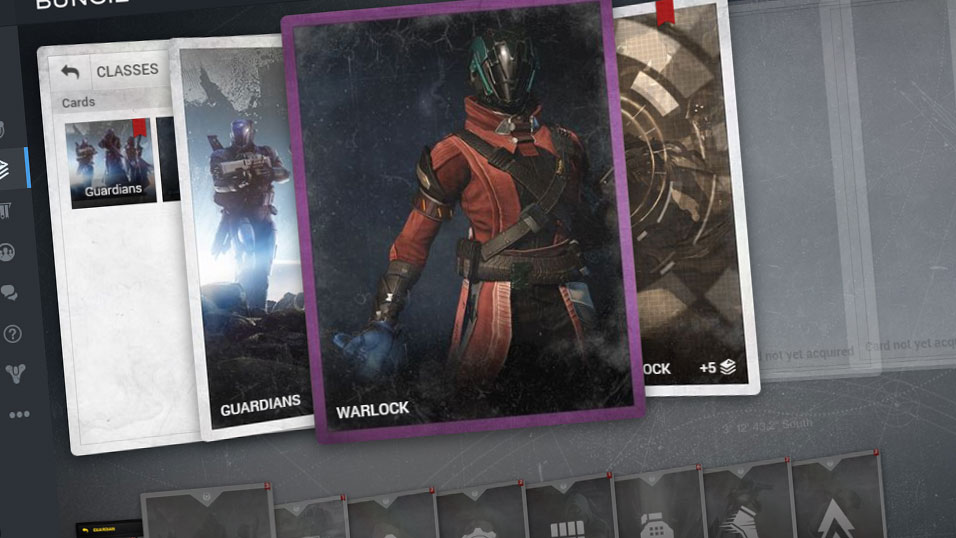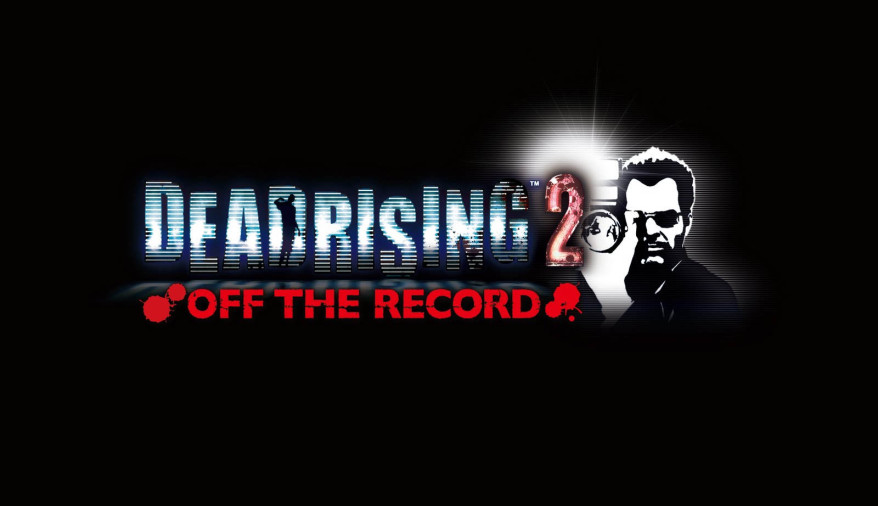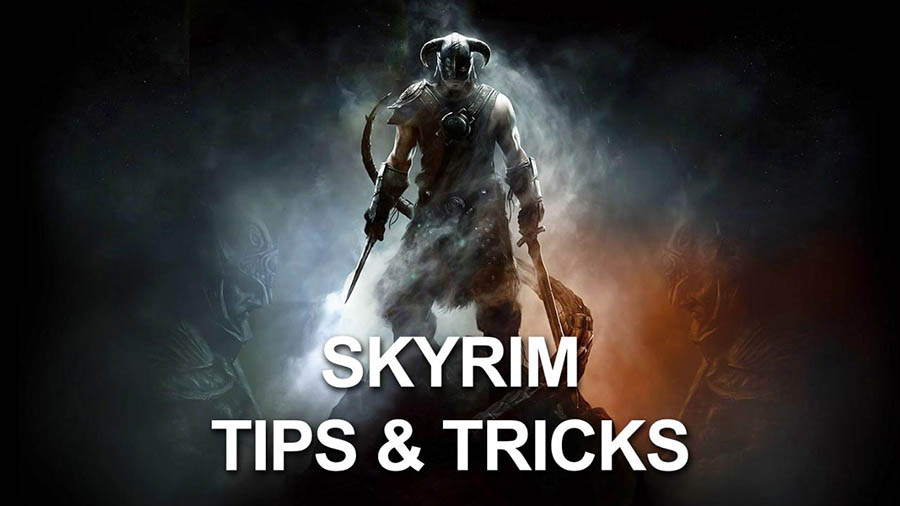With that all said about new partners, Link rating also becomes more important at this point in the game. This is where brand-new Pokemon with their Link ratings of around 20% stop being nearly as usable, and soon they’ll become a liability in combat. To avoid this, you’re going to need to develop a bit more in the way of advanced tactics.
Take note of the attacks of enemy Pokemon and which squares they strike in. If you see a lot of two-square or three-square in a line attacks, stagger your pokemon so they aren’t adjacent to any allies, thereby forcing your opponent to only attack one of your Pokemon at a time. If there are a lot of melee-range attacks, bring in Pokemon like Pansear or Shinx that have the Melee ability to punish them when they invariably crowd up and then get hit by your ranged attacks. Learn to position your Interference, Lullaby, and Intimidate Pokemon to protect your newer, weaker, and less-evolved pokemon rather than just further reducing the damage to your strongest army members. Remember that a Pokemon that’s initially weak can drastically change not just in power, but in tactical application. A good example is the advancement from Mareep to Flaafy- while Mareep is already fairly strong, the change from Thundershock- a two-square line attack- to Discharge- an attack that affects all squares adjacent and diagonal to the user- requires a completely different way of using the pokemon, as it can no longer be safely stuffed into a crowd, and can’t attack across gaps anymore. Magikarp, of course, remains useless and hard to level up, but Gyarados is beastly, and packs the Aqua Tail attack that smashes a three-square-wide area and sends everything in it flying back one space.
Learn how to set up your weaker members to gain knockouts and therefore larger chunks of Link rating at a time. A good guideline is to use your most powerful attacks first, as those pokemon don’t gain any bonus for crippling a foe, and then switch to your weaker party members so they can score an easy, low-risk knockout and improve their strength much further than they would otherwise. Positioning and terrain can make a huge difference too- keeping your Pichu out of range or too high or low to attack until something is ready to be knocked out will let you keep them in fighting trim until they finally become Pikachu and stop having paper-thin defenses.
There are other examples, of course, and you ran into a good opportunity to learn one in Violight- if you brought an Onix to the field, you had to manage to keep it away from the Panpour while still letting it dish out hits to the Starly that your opponent’s lieutenant fields- since your Grass and Bug attacks couldn’t do much of anything to it. This is as much a business of standing less-appealing targets in the way as moving your weakpoints out of reach, particularly with pokemon like Onix that have tiny movement ranges.






 Why the next generation needs more than just good graphics
Why the next generation needs more than just good graphics DOTA Hero Tips: Ancient Apparition
DOTA Hero Tips: Ancient Apparition Deus Ex Complete Mission Walkthrough Guide
Deus Ex Complete Mission Walkthrough Guide Elder Scrolls V: Skyrim Tips And Tricks
Elder Scrolls V: Skyrim Tips And Tricks Mass Effect 3: Which Class to Use
Mass Effect 3: Which Class to Use